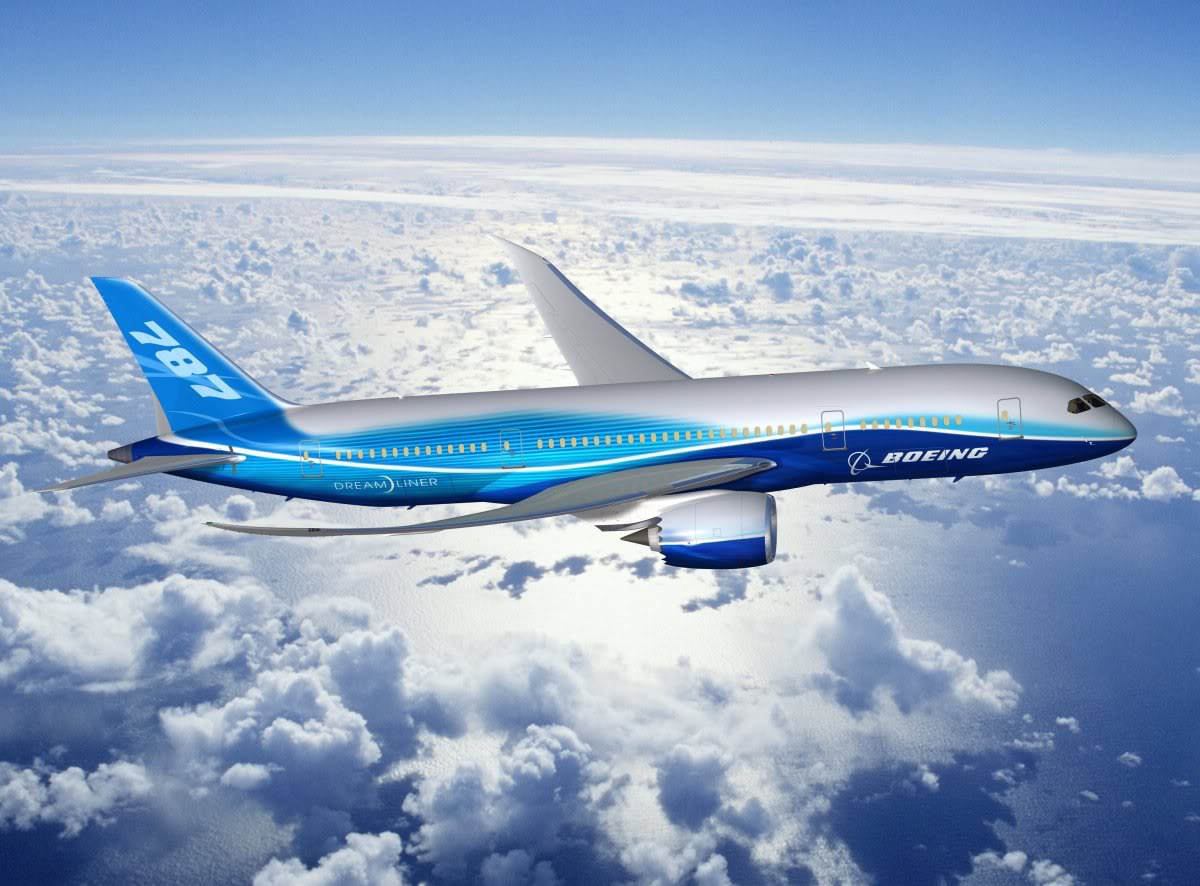According to a recent report that was issued by the Federal Aviation Administration (FAA), the overseeing administrative body of the airline system in the U.S. is indicating that they may loosen the restrictions on the use of personal electronic devices during takeoff and landing, a precondition that has frustrated countless passengers.
The current stipulations require passengers to turn off their personal electronic devices before takeoff, and they are required to keep them off until the plane ascends above 10,000 feet. Similarly, the same restrictions apply during landing and approaches, as the plane descends beneath 10,000 feet. But some of these restrictions may be relaxed in the coming months by the FAA.
A set of new rules up for consideration would still ban the use of cell phones during takeoff and landing, but would ease up restrictions on other personal electronic devices such as e-readers and tablet computers.
Restrictions banning the use of such devices during takeoff and landing have been in place since the 1960s. However, FAA officials assert that airplanes are far more secure these days, and are designed to operate in more confined frequency ranges.
Following a report that was issued by an advisory panel consisting of 28 people, the FAA may be inclined to move forwards with easing these restrictions.
“The FAA recognizes consumers are intensely interested in the use of personal electronics aboard aircraft, [and] that is why we tasked a government-industry group to examine the safety issues and the feasibility of changing the current restrictions,” the FAA said in an issued statement. “At the group’s request, the FAA has granted a two-month extension to complete the additional work necessary for the safety assessment. We will wait for the group to finish its work before we determine next steps.”
According to analysts and leading experts, this move is the right move for the FAA.
“The FAA knows it was fighting an uphill battle,” explained Joe Schwieterman, a professor at DePaul University. “The public was growing skeptical that the old approach made sense.”
Evidence has purported that there has never been a recorded incident of cell phone usage by passengers that disrupted a flight’s intended pattern or onboard airline electronic systems. Furthermore, nearly 30 percent of airline passengers have admitted to failing to power down such devices during takeoff and landing, according to a joint study that was conducted by the Passenger Experience Association (APEX) and the Consumer Electronics Association.
Other options that are being mulled include installing electronic shielding in the cabins of airliners that prevent the internal transmissions and frequencies of passenger devices from interfering with sensitive airline electronics. Currently there are three models being considered that range from mild and moderate shielding to extensive, each which would come with a different set of rules regarding the usage of electronic devices on an airplane.
Shockingly, hackers have already demonstrated that a cell phone device is capable of hacking into the system of an airline and taking over its controls.
A recent article by FastCompany.com sheds some more light on this concerning matter:
A German security researcher has demonstrated how easy it can be to hack into the digital systems of an airliner in flight using the right coding knowledge and hardware that’s not hard to get–including a Samsung smartphone.
Hugo Teso presented at the Amsterdam security conference The Hack In The Box. His exploit used more or less readily-available information and electronics. Relying on the fact that two critical aircraft systems use no encryption during their chatter to ground-based servers, Teso was able to hack into the flight control software of an airliner–one that could, theoretically, be in flight. He was able to divert the aircraft’s autopilot settings, potentially placing the vehicle at risk of collision, and even pull off stunts like dropping the oxygen masks in the passenger compartment.
Teso’s hacking demonstration, like many “white hat” hacks, is intended to prompt the industries concerned to seriously beef up their security before a malicious hacker exploits the same vulnerabilities. The sort of direct hack that Teso used may remind you of the hardware-targeted hacks that are said to have devastated Iran’s nuclear production facilities in recent years.
What do you think about the FAA’s move to ease up restrictions? Would you feel safer having to refrain from usage of devices or would you feel that it’s more convenient?
 Invest Smart Asset Protection and Investment News
Invest Smart Asset Protection and Investment News




